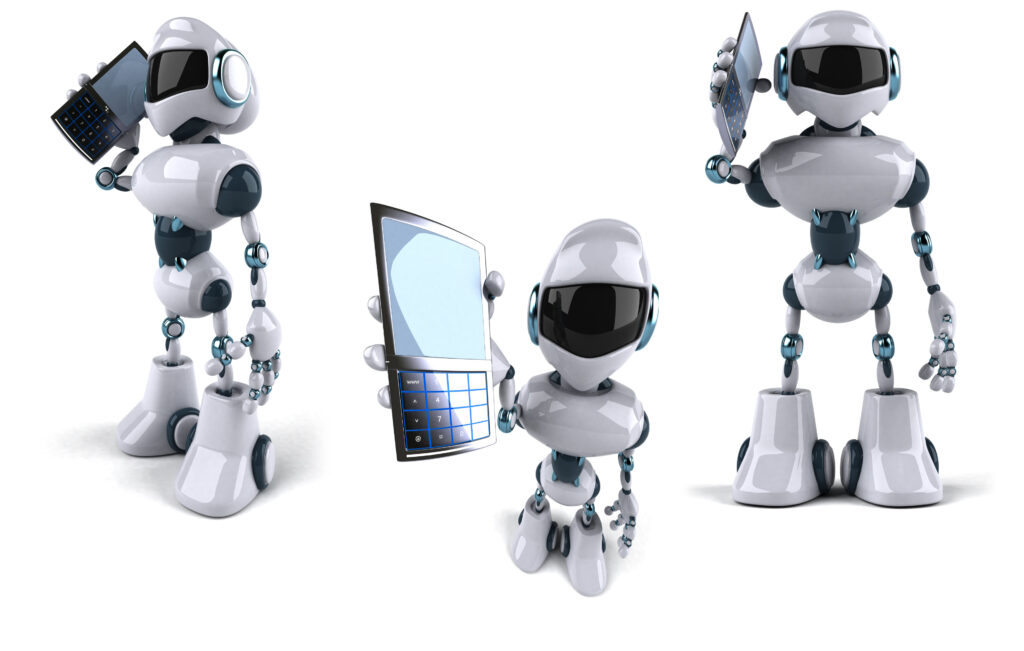Choosing the Perfect Smartphone: Unraveling the Android vs. iPhone Mystery

Arrive at Your Perfect
Smartphone Choice
- Find Your Perfect Match: Discover which smartphone is best for you based on what you like and what you need it to do.
- Save Money, Get Smart: Learn how to pick a smartphone that fits your budget without sacrificing quality.
- Be Friends with Your Tech: Find out how your new smartphone can work smoothly with all your other gadgets.
- Ready for the Future: Make sure your smartphone stays cool and updated with the latest stuff for a long time.
The quest for the perfect smartphone can seem like an endless maze. We’ve got you covered!
The decision between Android and iPhone might seem overwhelming, but fear not, as we’re here to guide you through the maze and help you arrive at the smartphone choice that aligns perfectly with your needs.
Find Your Perfect Match: Unveiling Your Ideal Smartphone Experience
As a tech-savvy individual, you understand the importance of having a smartphone that resonates with your personal preferences.
Android and iPhone each come with distinct advantages and disadvantages, catering to different user experiences.
If you prioritize an intuitive and sleek interface that seamlessly integrates with other Apple devices, the iPhone is likely your ideal match.
Apple’s iOS ecosystem ensures a smooth and user-friendly interface that facilitates effortless navigation across your devices.
Regular updates and optimization keep iPhones up to date, providing a consistently satisfying user experience.
On the other hand, if you crave the freedom of customization and desire a plethora of choices, an Android smartphone might be more suited to your taste.
Android offers an open platform, allowing you to personalize your device to match your unique style and preferences.
With a wide array of brands and models to choose from, Android caters to diverse tech enthusiasts.
Save Money, Get Smart: Maximizing Value While Minimizing Expenditure
As a budget-friendly individual, you want a smartphone that offers exceptional value without burning a hole in your pocket.
Both Android and iPhone present economic benefits, so let’s delve into their payment systems and the value they offer.
Apple Pay, available on iPhones and iPads, stands out as one of the most secure and convenient payment methods.
Accepted in over a million locations worldwide, it allows you to make secure transactions wherever contactless payments are accepted.
Furthermore, iPhone users gain access to exclusive offers like free shipping or delivery when shopping online through certain partners.
Android Pay, while gaining popularity, might not match the level of security and acceptance of Apple Pay.
Nevertheless, it remains a viable option, especially if you own an Android device running version 5 or higher, which covers virtually any device made in the last few years.
Both systems work with existing credit cards from most banks, ensuring ease of setup and seamless transactions.
Be Friends with Your Tech: Creating a Seamless Digital Life
As a gadget lover, your smartphone is not just a standalone device but a crucial component of your interconnected digital life.
Let’s explore how both Android and iPhone integrate with your existing tech ecosystem.
Apple’s iPhones seamlessly integrate with other Apple devices through iCloud and exclusive services like iMessage, FaceTime, and AirDrop.
Sharing files, photos, and messages across your iPhone, iPad, and Mac becomes effortless, making your digital life seamless.
Apple’s focus on user privacy and security ensures that your data remains protected.
Android, on the other hand, offers compatibility with a wide range of third-party devices and services, giving you the flexibility to expand your digital setup.
With Google services and cloud storage, you can sync contacts, files, and photos across Android smartphones, tablets, and Chromebooks.
Ready for the Future: Longevity and Security in Your Hands
Looking towards the future, it’s essential to choose a smartphone that remains future-proof with regular software updates and robust hardware.
Both Android and iPhone offer their unique approaches to future-readiness.
Apple’s reputation for providing long-term software support is well-known.
iPhones receive regular iOS updates, ensuring the latest features and security enhancements, even years after their release.
This future-proofing ensures that your iPhone stays relevant and capable of handling new applications and functionalities.
Android manufacturers have been stepping up their game in terms of software updates.
Many flagship Android devices now receive at least three years of major software updates and additional security patches.
Google, Samsung, and other brands have been leading the way, ensuring that their devices remain relevant in the ever-evolving tech landscape.
Camera, Processing Power, Memory, Operating System, and More
Now that we’ve explored individual preferences, economic smartness, tech compatibility, and future-readiness, let’s delve into other important factors when choosing a smartphone.
When it comes to the camera, the iPhone is renowned for its exceptional photo-taking capabilities.
Built with photography in mind, iPhones use hardware features like image stabilization and “True Depth” camera for Portrait Mode, ensuring impressive shots in various conditions.
Apple also offers built-in photo editing tools for easy post-processing.
For those seeking high processing power and ample memory to handle intensive tasks and multitasking, the iPhone is an excellent choice.
Its faster processor and consistent updates ensure it stays at the forefront of performance.
Android smartphones, on the other hand, offer the advantage of flexible memory capacity with the option to use memory cards.
This allows you to expand storage as needed, even if you initially purchase a device with lower internal storage.
When it comes to operating system and software updates, iPhones excel with the latest iOS version available on all devices.
Apple’s control over hardware, operating system, and software updates enables timely delivery of new features and bug fixes.
Android, while also receiving updates, faces challenges due to the diversity of devices and manufacturers.
Regarding security, Apple has long been praised for its robust measures to protect user data and privacy.
On the other hand, Android has made efforts to improve security with features like Play Protect, but some concerns persist due to the diverse ecosystem.
Battery Life and Design: Aesthetic Appeal and Practicality
Battery life is a significant factor to consider when choosing a smartphone.
Depending on your usage patterns, the size of the phone, and the type of apps you run, either Android or iPhone might be better suited to your needs.
As for design, the iPhone boasts a slim and comfortable-to-hold form factor with rounded corners.
It exudes a sleek and stylish look, although some Android models, such as the Samsung Galaxy series, rival the iPhone in design appeal.


 The quality of the customer service and speed of delivery was just fantastic – I know I can count on Shoptimizer every time!
The quality of the customer service and speed of delivery was just fantastic – I know I can count on Shoptimizer every time!